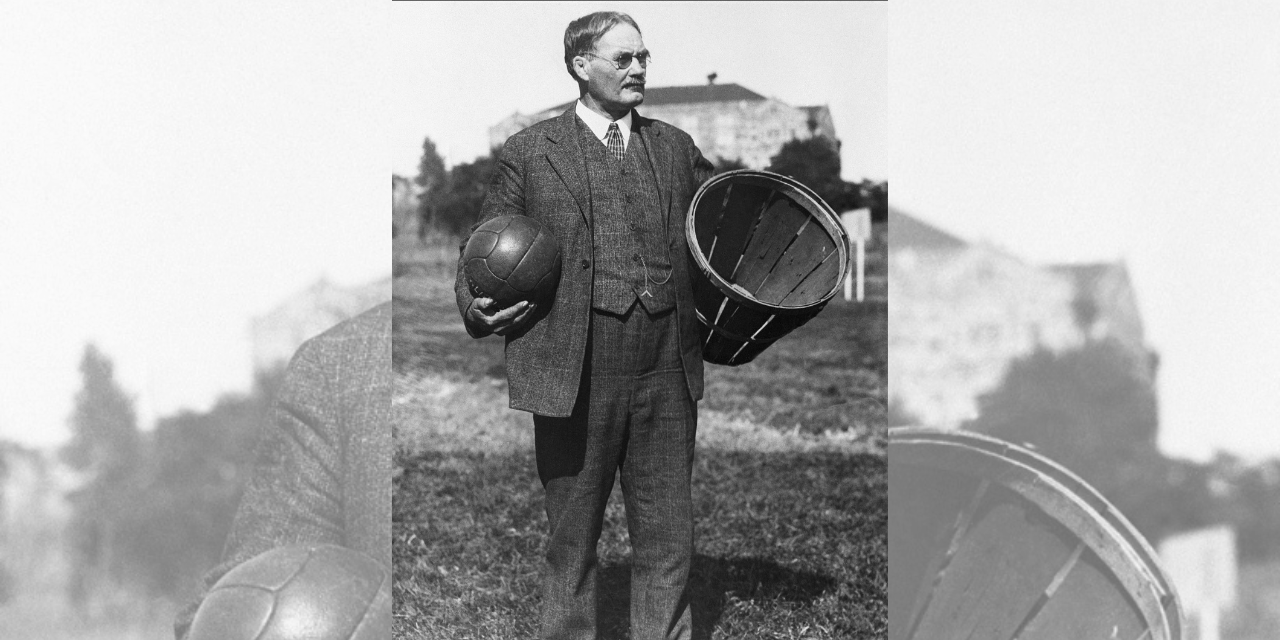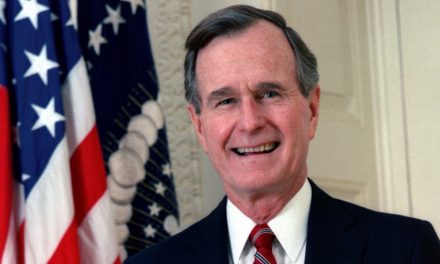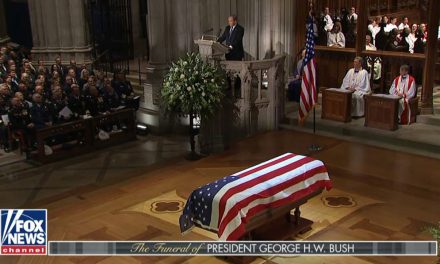Monday night’s NCAA men’s basketball championship matchup featuring the UConn Huskies battling the Purdue Boilermakers will draw nearly 75,000 fans to State Farm Stadium in Phoenix and close to 20 million viewers at home.
Not bad for a sport that began at a YMCA in Springfield, Mass., with the primary goal “To win men for the Master through the gym.”
In this instance, the “Master” was Jesus Christ.
As director of physical education at the Young Men’s Christian Association’s International Training School for Christian Workers (now Springfield College) in 1891, Dr. James Naismith was asked to come up with a game to help bridge the long and cold winter gap for boys between autumn’s football and spring’s baseball seasons.
At the time, winter training was reduced to lifting dumbbells and Indian Clubs – weighted bowling pin-like equipment designed to increase both strength and flexibility.
Dr. Luther Gulick was head of physical training at the school. It was Dr. Gulick who designed the Y’s triangle logo that attempted to capture the organization’s belief that education and training must be centered on three areas of life: spirit, mind, and body. The Y’s early leadership wisely and rightly realized that health consisted of more than just might and muscles.
Without giving him any specific direction, Gulick’s request of Naismith was to come up with something that would “employ the energy” of the young men. For two weeks, Dr. Naismith experimented with indoor versions of football and soccer. Finally, somewhat inspired by the childhood game, “Duck on the Rock,” the medical doctor conceived of nailing peach baskets to poles and centering the game on having to shoot soccer balls into the baskets.
Shortly after Dr. Naismith’s game began to catch on, Dr. Gulick urged fans and players to protect the dignity of the game.
“The game must be kept clean,” Gulick wrote. “It is a perfect outrage for an institution that stands for Christian work in the community to tolerate not merely ungentlemanly treatment of guests, but slugging and that which violates the elementary principles of morals… Excuse for the rest of the year any player who is not clean in his play.”
Dr. Naismith came up with 13 rules for the game, including the fact that neither dribbling nor running with the ball was permissible. Of course, no running has held, but dribbling is now key. Back at the beginning, players could advance or move the ball around the court only by throwing and then catching it before shooting.
But the Canadian-born inventor wasn’t just trying to keep the boys active – he most of all wanted them to come to a saving relationship with Jesus Christ and believed athletics presented itself as a great evangelistic tool.
In fact, Dr. Naismith believed that he could witness more effectively through sports than from any pulpit.
What Drs. Naismith and Gulick were getting at is that our Christian faith should permeate every aspect of our lives. Over the years, Christian basketball camps have ministered to countless individuals. Christian coaches like the legendary John Wooden have had a tremendous influence on young people – through the ministry of the game.
YMCA missionaries have even brought the Gospel to China through basketball. Intrigued and drawn to the game, the Gospel became irresistible to many, who first fell in love with basketball, and then Jesus Christ.
Nearly a half-century after he invented the game, Naismith was in attendance at the first NCAA championship game on March 27, 1937. The contest between Oregon and Ohio States took place at the old Patten Gymnasium on the campus of Northwestern University. Before Oregon would go on to win, Dr. Naismith witnessed a short reenactment game employing the 13 rules and using peach baskets as the hoops.
Looking back on his efforts, Naismith reflected, “Whenever I witness games in a church league, I feel that my vision, almost half a century ago, of the time when the Christian people would recognize the true value of athletics, has become a reality.”
It would be easy and understandable to bemoan and grieve the loss of the spiritual emphasis surrounding the game of basketball. Yet, Christians still play the game – and still use it to witness on the court and off of it. In an increasingly secular culture, the boldness of believers can still confound the spirit of the age.






